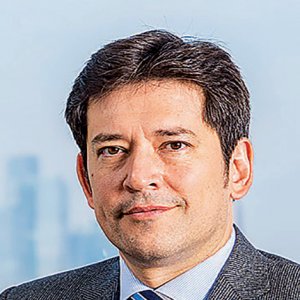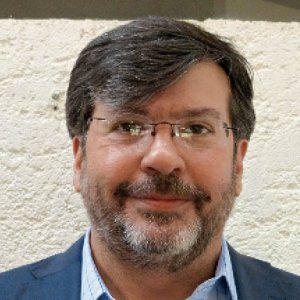Removing Uncertainty from the Investment Equation

Q: How did PwC participate with the Ministry of Energy regarding the National Energy Strategy 2012-2027?
A: We began working with the Ministry of Energy, development banks, key stakeholders, and power sector associations like AMDEE and AMEXHIDRO as early as 2008. We have worked tirelessly in revealing the economic potential of renewables in Mexico given the competitive natural resources that are available. It is important to note that Mexico has a unique profile compared to other markets, such as Europe, where there are feed-in tariffs and subsidies for renewables. Mexico has a market-driven philosophy, so the inclusion of renewable resources must come without hampering the competitiveness of the industry.
Q: Do you believe CELs will work as planned or has their implementation been too hasty and convoluted?
A: In all fairness, these certificates are complicated mechanisms to implement and control and this has been made evident in other markets across the world. The situation Mexico presents is not unique and the uncertainty is normal in this process. The value of the clean energy emissions in Europe practically dropped to zero, while in others the prices were so high governments had to intervene. The certificates will begin to represent value in 2018, so it is too soon to make a judgment. In the first phase, the market will be driven by long term tenders that will occur in October 2015 for clean energy. These contracts will last for 15 years, while the certificates for expire after 20. The contracts will be with CFE and having the parastatal as an off-taker reduces the risks in the long term contracts. One of the biggest risks of the CELs have had in the past is the price volatility, but if the mechanisms begin with long-term tenders, then there is a prediction of the price and as such the volatility is reduced.
Q: What advice would you give players wishing to invest in the electricity industry?
A: The best strategy in the current climate is diversification and we are working with public and private sectors alike in identifying investment opportunities in both fossil fuels and renewables. It all depends on how companies identify their risk profile, since some companies do not wish to be embroiled with commodity risks such as natural gas, so they opt for renewables. There are others that have a higher risk profile and wish to enter commodities because they see more value in these investments. By diversifying the energy portfolio a country can mitigate risks that arise when the price of natural gas jumps. Apart from power generation, there are several opportunities in transmission since, until now, CFE was the owner of the assets, and now companies can play a hand in developing the transmission infrastructure.
Q: How do you think tariffs will be set during the initial years of the wholesale electricity market?
A: During the first few years we will witness a transformation in the energy mix, more combined cycles will enter the market, and expensive fossil fuel power plants will be decommissioned. In the coming six years, the price will be linked to the value of natural gas, and ultimately the market will be based on economic merit and the most competitive technologies. After the zero price technologies are dispatched, then come the cheaper ones. In the short term, market natural gas and renewables will be competing head on. The natural market for renewables is not envisioned to enter in the short-term market, but rather in the long-term market, through tenders that have fixed-price contracts for the coming 20 years.
Q: Energy is 3D: digitized, decarbonized, and decentralized. How will this momentous shift impact the evolution of Mexico’s electricity industry?
A: One of the advantages of being one of the last countries to implement a reform in its energy industry is that it can identify best practices and avoid mistakes. This utility model transformation can be attributed to two factors. The first is the transition to distributed generation where the power generation is closer to consumption points. This trend is somewhat underdeveloped in Mexico, so we are working on creating a national solar distributed generation plan in order to boost investment in the sector. The other trend is market driven, and renewables in Europe increased with the support of feed-in tariffs and this has forced utilities to adapt in order to survive. Here in Mexico, there are no feed-in tariffs so the utility model will not be compromised in that way.



















